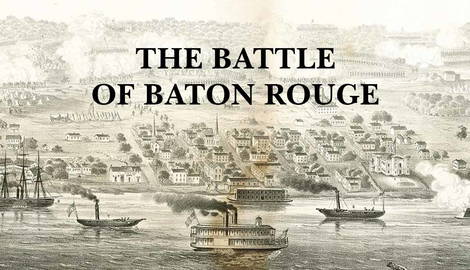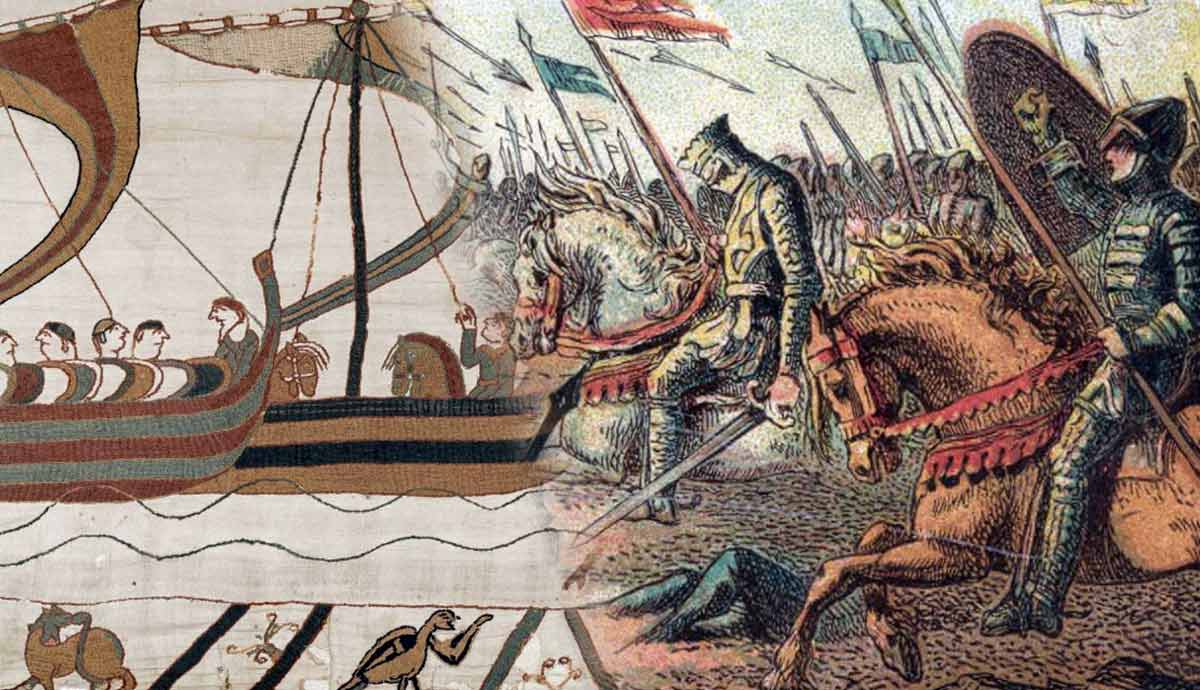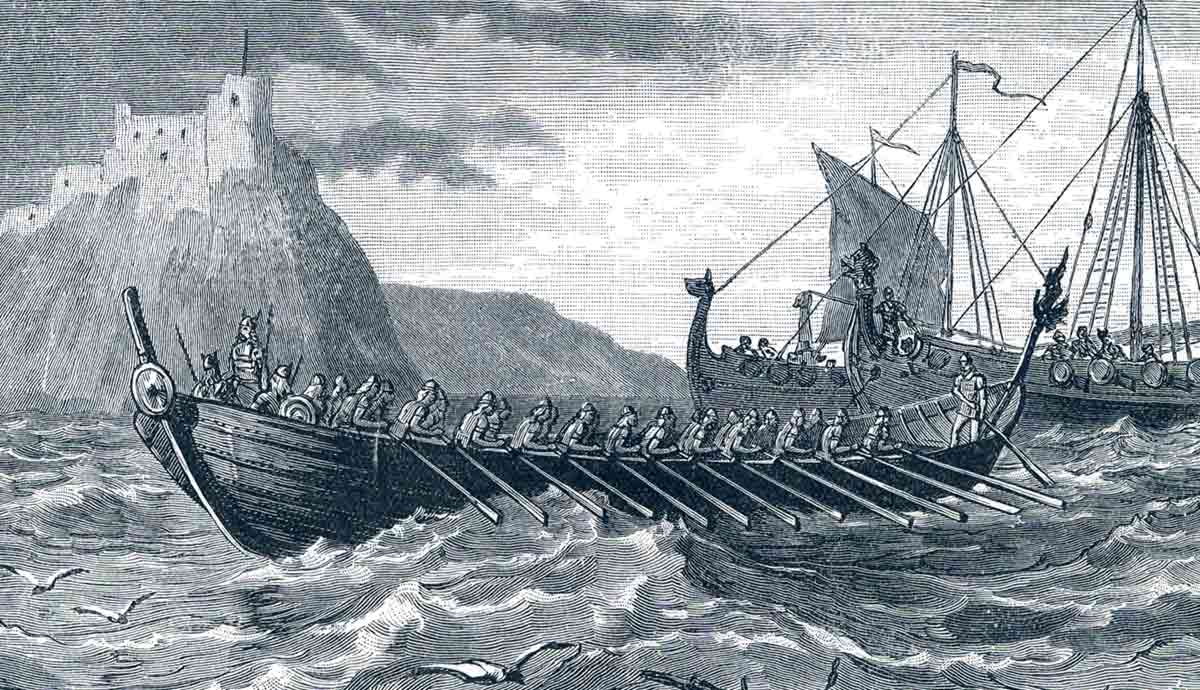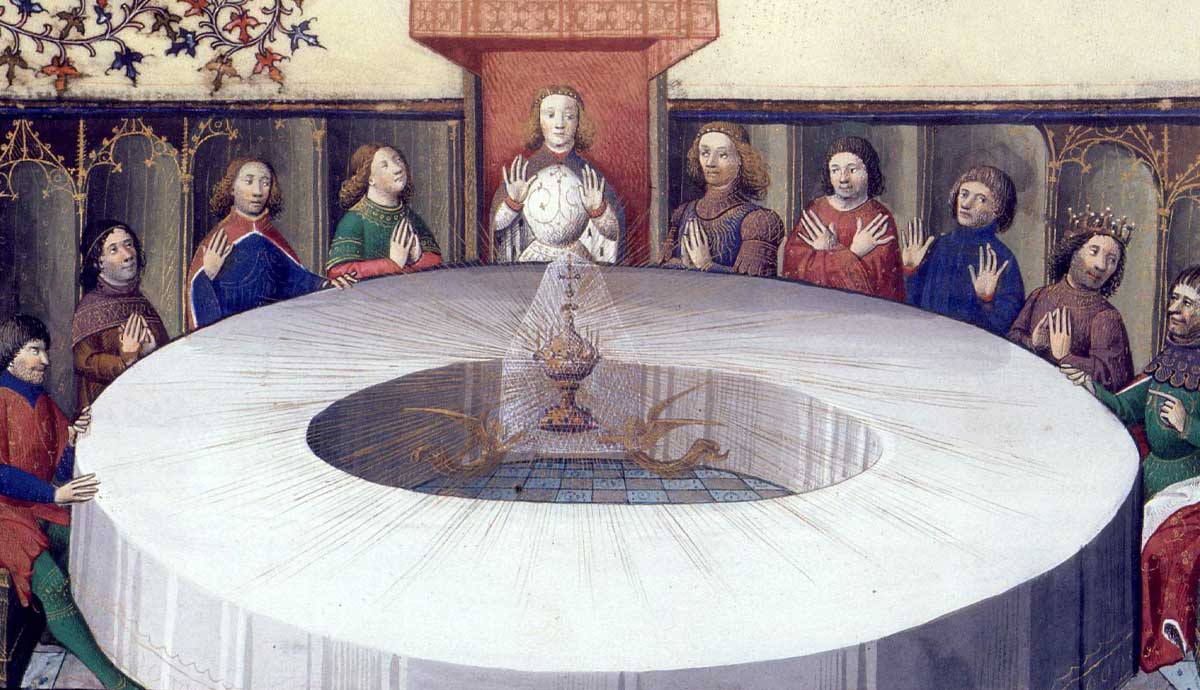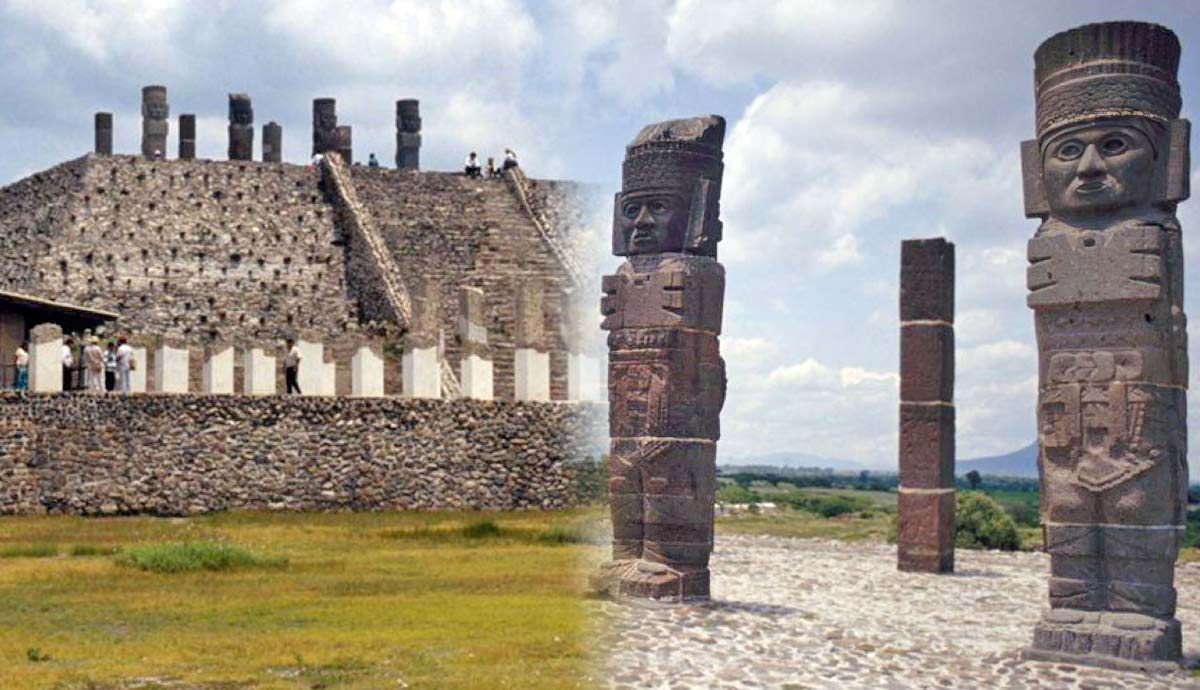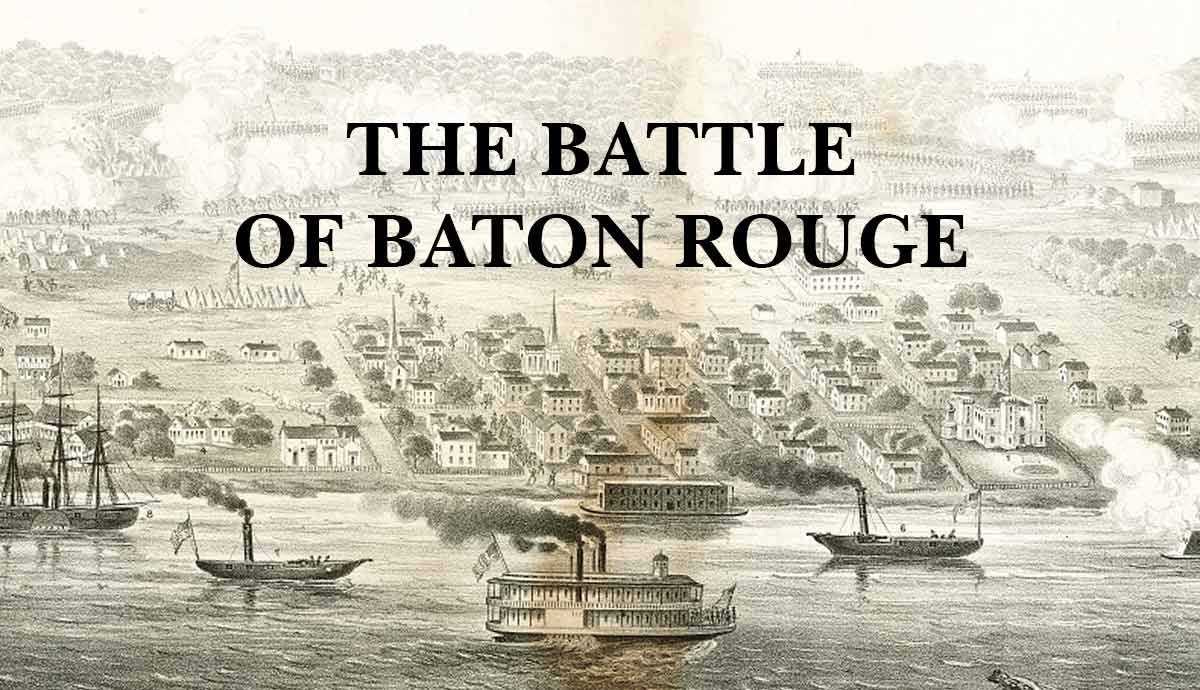
On May 1, 1862, the Union seized New Orleans, the largest city in the Confederate States of America. This was a tremendous logistical and psychological blow for the South, which lost both a major trading and sociocultural center. Many expected the Confederacy to mount an offensive to retake its lost territory in Louisiana. On August 5, the offensive occurred, aimed at the state’s capital city of Baton Rouge.
Victory Goes to the Union

The Battle of Baton Rouge was a small but important victory for the Union, as it stopped a Confederate attempt to retake territory in Louisiana. While the battle lines were hardening in Virginia in the Eastern Theater, the Union hoped to make ground elsewhere. The Confederacy, which lacked the manpower and industrial base of the Union, could hardly defend its entire territory in the Western Theater, which was composed of virtually everything west of Virginia. In April 1862, the Union victory in the Battle of Shiloh revealed this weakness. Thanks to its railroads and blockade of the coastline, the Union could land troops just about anywhere on the Confederacy’s borders.
In Baton Rouge, the Confederacy hoped to retake territory in Louisiana to avenge the loss of New Orleans on May 1, 1862. On August 5, despite having lost the element of surprise, Confederate forces struck the capital city of Louisiana. They successfully pushed Union troops out of the town but then ran into heavy fire from Union gunboats, allowing the Union soldiers to reform into defensive lines. Unable to receive assistance from Confederate ships due to engine failure, the Confederates were forced to retreat. Thus, the Union held Baton Rouge and ended organized Confederate attempts to retake Louisiana.
Timeline of the Battle of Baton Rouge

On May 1, 1862, Union forces seized New Orleans, which was the largest city in the Confederate States of America. The ultimate Union goal was to take control of the Mississippi River and split the Confederacy in half from west to east. They could then land troops at any point up the river, letting them divide and conquer the South.
A week later, a Union gunboat approached the state capital of Baton Rouge and demanded its surrender. Despite the town being undefended, the city’s mayor rebuffed the request.
On May 12, the Union fleet proceeded upriver and took Baton Rouge. The Union chose to leave Baton Rouge mostly unoccupied and instead focus on seizing Vicksburg, Mississippi upriver.
However, the Confederates rushed to reinforce and defend Vicksburg, delaying this conquest.
On May 28, Union forces returned to Baton Rouge but left soon afterward to scout out attack possibilities on Vicksburg.
Finding none, they left the vicinity by late July. This freed up Confederate troops in Vicksburg to go on the offensive again, and they aimed at Baton Rouge.
On July 27, 1862, Confederate General John C. Breckenridge headed south to Baton Rouge from Vicksburg.
Just after midnight on August 5, his force arrived at the outskirts of Baton Rouge.
At dawn, they attacked and successfully pushed Union troops back toward the river. Unfortunately for Breckenridge, this brought Union gunboats on the Mississippi River into play, and they ended the Confederate advance with heavy fire.
What Caused the Battle of Baton Rouge?

The Battle of Baton Rouge was the Confederacy’s counteroffensive to the Union’s capture of New Orleans three months prior. As the South’s largest city and an important trading hub, the loss of New Orleans could not go unchallenged. The Union was also actively trying to seize Vicksburg, Mississippi, which would give it control of the Mississippi River. To avenge the loss of New Orleans and delay Union progress toward taking Vicksburg, the Confederates could retake Baton Rouge, which sat between the two other cities.
When the Union stopped trying to take Vicksburg during the summer of 1862, the opportunity arose to use some of Vicksburg’s defenders to go on the offensive. John C. Breckenridge was worried that he would be outnumbered at Baton Rouge but chose to go forward with his offensive when he was assured of Confederate gunboat support. Unfortunately for him, faulty engines put the CSS Arkansas out of commission, leaving the Union gunboats in the river unchallenged. This meant Breckenridge had no defenses against heavy shelling from the river, forcing his retreat.
Why Was the Battle of Baton Rouge Significant?

The Battle of Baton Rouge kept southern Louisiana in the hands of the Union, preventing the Confederacy from retaking some of its most economically important territory. Threats of shelling from Union gunboats, which were displayed at Baton Rouge, kept towns along the Mississippi River from revolting. While Union boats occasionally came under sniper fire from Confederate towns, this was largely quelled by Union commanders threatening to retaliate with heavy shelling. Thus, the Battle of Baton Rouge helped underline that the Confederacy could not rely on a popular uprising against the Union occupiers.
Both the Union military victory and the lack of popular Southern uprising at Baton Rouge revealed that the Confederacy was in trouble. While the Eastern Front might be holding firm, the Union foothold in the Deep South was growing. The Confederates lacked the resources to defend their territory, meaning the war was now a race against time. Could the Union be slowed down enough for political pressure to force negotiations? Fortunately for the Union and unfortunately for the Confederacy, the answer was no.
5 Facts About the Battle of Baton Rouge

1. Casualties
Casualties at the Battle of Baton Rouge numbered under a thousand, with a reported 383 Union casualties and 456 Confederate casualties—each side suffered 84 men killed. On the march to Baton Rouge, however, the Confederates suffered considerable levels of illness and heat exhaustion, increasing the number of total casualties from the campaign. While the Union troops did not have to march to the battle, they did suffer the loss of their commanding officer, Brigadier General Thomas R. Williams, in the heat of battle.
2. Commanders
Union forces were led by Brigadier General Thomas R. Williams, a West Point graduate who had served as a private in the Black Hawk War against Native Americans before receiving his appointment to the prestigious university. He served in the Mexican-American War after a brief post-graduation period fighting Native Americans in Florida. After his death in battle at Baton Rouge, Union forces were commanded by Colonel Thomas Cahill, whose correspondence with his wife during the war was later turned into a book.
Confederate forces were led by General John C. Breckenridge…who was a former vice president of the United States! Breckenridge was the vice president—the youngest ever at age 36—for US President James Buchanan, who did little to stop America’s march toward civil war. Having been recently elected to the US Senate, Breckenridge was expelled from the chamber in December 1861 after arguing that his home state, Kentucky, should be free to leave the Union. This was considered treason by the remaining Senators. Breckenridge ended the war as Secretary of War for the Confederacy and later retired to private law practice in Kentucky.
3. Number of Forces Involved

Roughly 4,000 Confederate soldiers left from Vicksburg in late July, though reportedly less than 3,000 of them were combat-ready when they arrived at Baton Rouge more than a week later. Union forces totaled about 2,500 soldiers, plus several gunboats on the Mississippi River. Colonel Cahill, the surviving Union commander, claimed the Confederates had up to 5,000 men. Compared to many battles of the war, the Battle of Baton Rouge was small but quite intense.
4. Visiting Baton Rouge, Louisiana Today
Today, visitors to Baton Rouge, Louisiana can learn about the battle through both historical markers and museums. The West Baton Rouge Museum includes information about the 1862 battle, as does the Capitol Park Museum. The city was also the site of the 1779 Battle of Baton Rouge during the American Revolutionary War. Due to the expanse of both wars, several cities have battles from both conflicts!
5. Trivia: A Vice President in Combat?!
The presence of John C. Breckenridge makes the Battle of Baton Rouge a rarity, as Breckenridge is perhaps the only former US vice president to later serve in combat. The former vice president and US senator won a victory for the Confederacy in the Battle of New Market in May 1864. Later, Breckenridge was part of a late-war Confederate attempt to march (unsuccessfully) on Washington DC, putting him directly against US President Abraham Lincoln and marking the only time in US history that presidential election rivals (election of 1860) faced each other in physical battle.
Aftermath of Baton Rouge: Foothold Made Permanent

Breckenridge’s retreat from Baton Rouge on August 5, 1862 left the city unoccupied by either army, but the Union returned to formally occupy the city in December. The Confederate failure to retake Baton Rouge gave the Union a freer hand in Louisiana, and by October, they had begun expanding beyond New Orleans. Despite the loss of New Orleans and Baton Rouge, the Confederate government in Richmond, Virginia, left the state of Louisiana largely undefended. Most of its focus was on maintaining strong defenses around Richmond and threatening the Union capital of Washington DC.
Due to a lack of organized defense, Louisiana was forced to use guerrilla tactics against the Union, which were rarely successful. Many of these guerrillas were undisciplined and often preyed on civilians, quickly eroding public support. Some guerrillas were draft dodgers avoiding conscription into the Confederate army, leading to them being seen more as troublemakers than defenders of the Confederate States of America. This undisciplined “defense” of Louisiana likely contributed to the lack of civilian resistance to Union occupation, which was usually more peaceful and secure.
